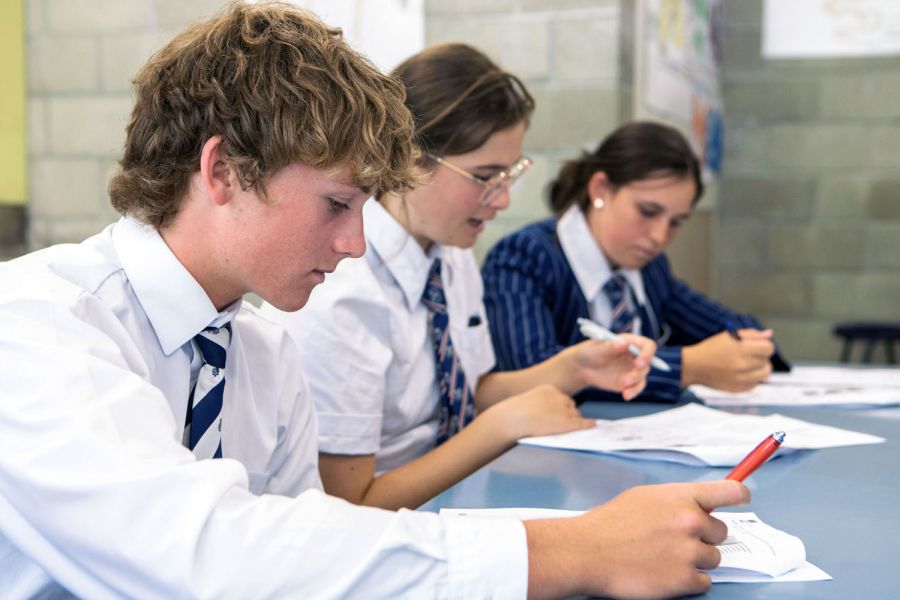On Creativity
18 September 2019
Written by Head of Well-being, Kerry Larby
This year, creativity became one of our whole school values at St Andrew’s College. This decision was my favourite part of our new strategic plan, as I believe creativity touches the core of what it means to be a flourishing human being. When I think of creativity, I think of the joy of learning; imagination, inspiration, awe, wonder, optimism, play, curiosity, grit, daydreaming, passion, agency and hope.
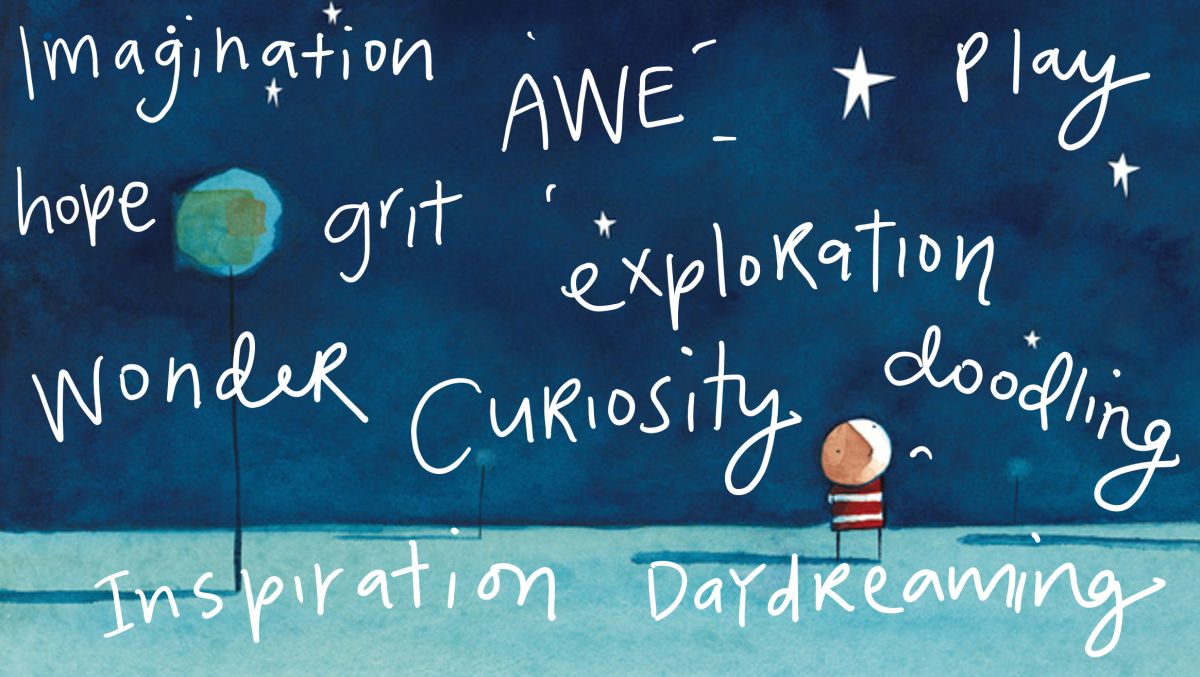
Says influential Psychology Professor, Mihaly Csikszentmihalyi, “Creativity is a central source of meaning in our lives ... most of the things that are interesting, important, and human are the results of creativity... [and] when we are involved in it, we feel that we are living more fully than during the rest of life”
What is creativity?
To fully conceptualise creativity, we need to understand the definition.
Creativity is the process where people transform ideas, imagination and dreams into reality.
Through understanding this definition, we can see that creativity is an incredibly nuanced phenomenon.
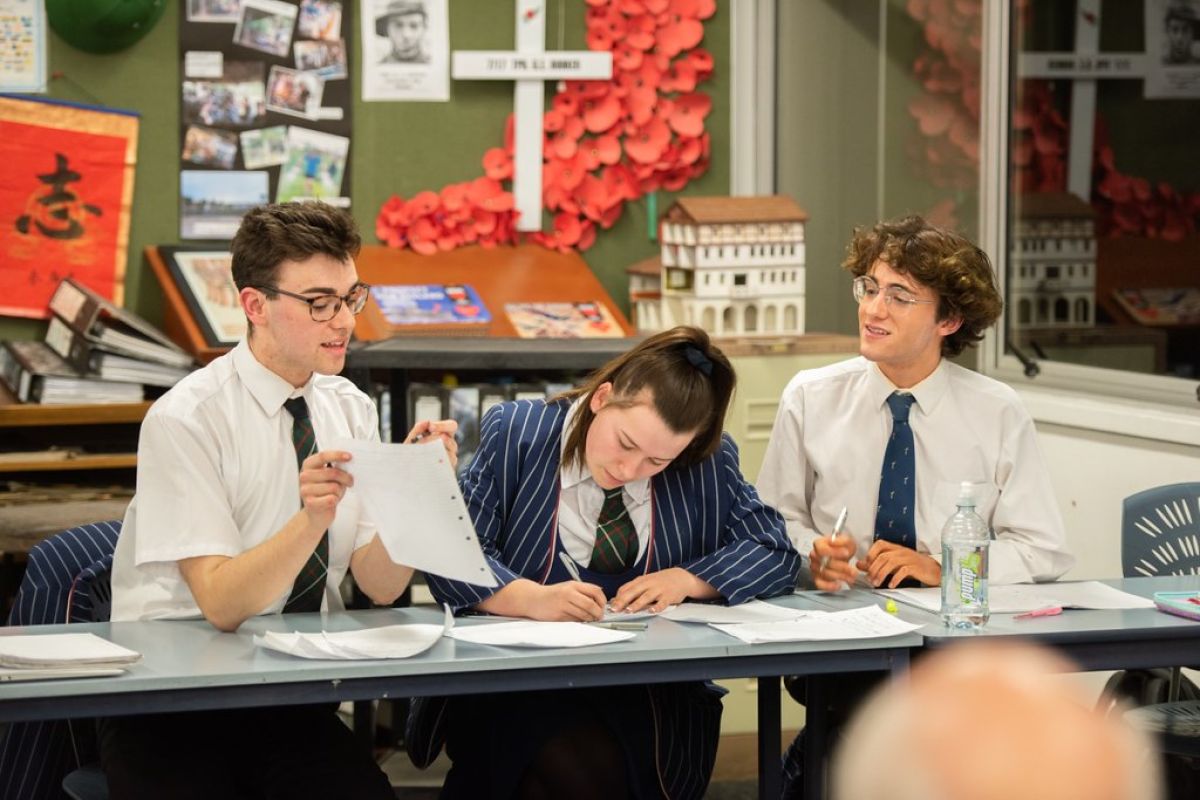
In 2016, 16 of the world’s leading educationalists and psychologists met in Philadelphia to consider the concept of creativity and imagination. I loved how they defined creativity as having three key distinct components;
Knowing what could be (imagining and critical thinking);
Having hope;
And finding ways to turn that hope into reality (agency).
An understanding of these nuances shows creativity is a process requiring a multitude of psychological strengths (that directly relate to well-being and human flourishing). Creativity is also a process that can happen in any context, whether it be Mathematics, Science, art, leadership or sport.
What human strengths are required in the creative process?
At the beginning of 2019, St Andrew’s College secondary school teachers met to discuss the strengths that creative students and teachers exhibit. The following character strengths (some innate, many acquirable) were recognised as part of the creative process. These strengths are social, emotional and cognitive:
Optimism, hope and vision;
Flexibility and openness to uncertainty;
Perseverance and grit;
Intrinsic motivation, zest and passion;
Critical thinking skills and problem-solving ability;
Ability to make connections between unrelated phenomena;
Patience;
Willingness to take risks;
Confidence;
Emotional sensitivity and appreciation of diverse perspectives.
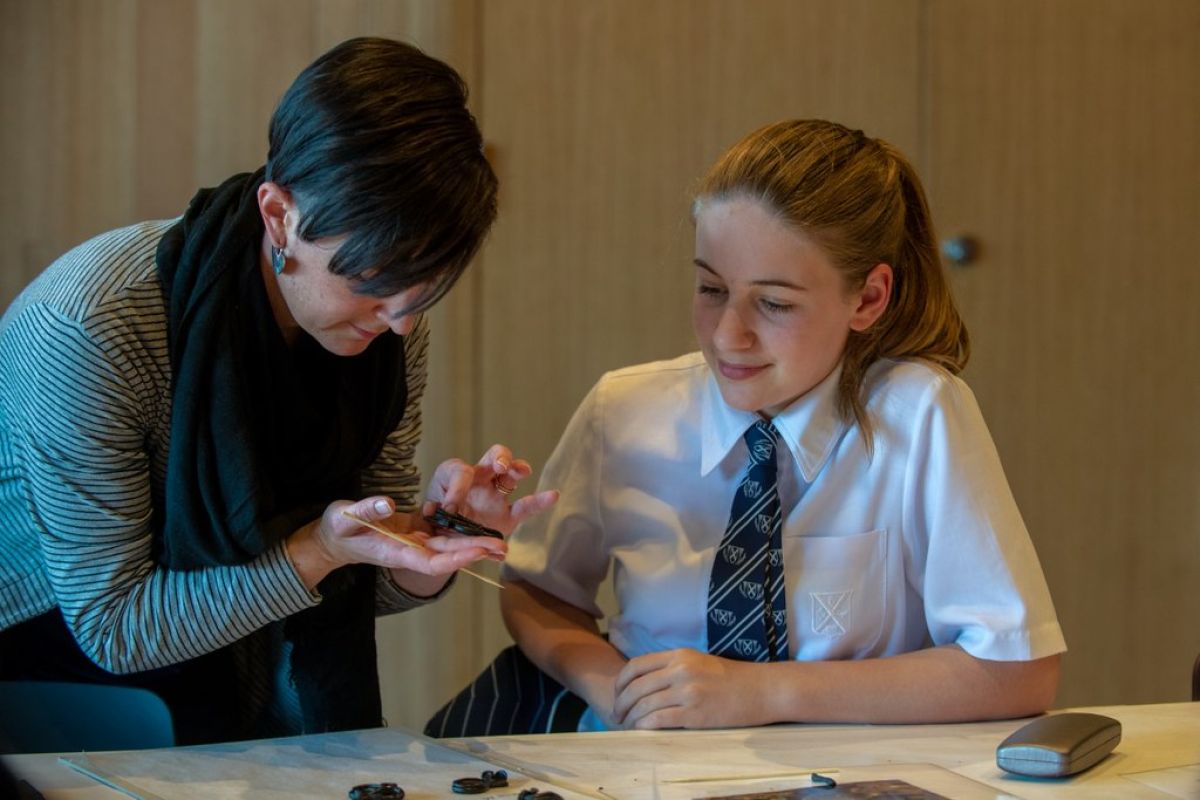
Research into the cognitive neuroscience of creativity is fascinating and debunks the whole right/left brain notion. Evidence from fMRI scans shows the creative process consists of many interacting cognitive processes (both conscious and unconscious) and emotions. It is messy. Depending on the stage of the creative process, and what you’re actually attempting to create, different brain regions are recruited to handle the task.
Why does creativity matter?
Creativity matters a great deal in education. We know, more than ever, it is a key skill our young people will need.
Statistics suggest that in the next 15 years, one out of three jobs will be automated. This means process-oriented jobs will become obsolete and instead employers will search for employees with creative and complex problem-solving abilities. Historian, Yuval Noah Harari espouses that mental and emotional flexibility will be vital in an uncertain and constantly changing world. He predicts careers with a creative aspect will be least likely to be affected by artificial intelligence.
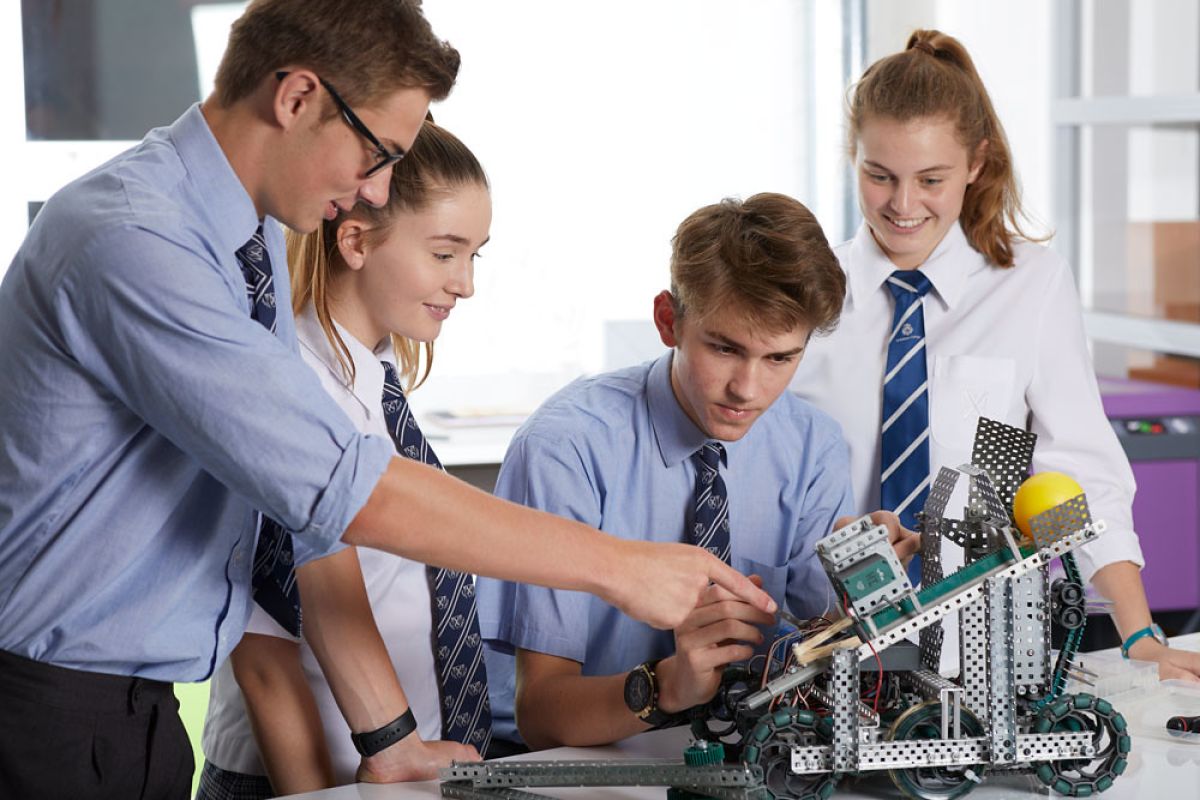
The challenges we are currently facing in the contemporary world are without precedent. We have seen our global population double in the last 30 years putting an increased strain on our natural resources. Many jobs of the future will involve complex problem solving and thinking of ways to do things differently and sustainably. Therefore, creativity holds the keys to a more peaceful world.
Creativity matters for our students because the strategies which support it also promote deeper learning. Jal Mehta is an Associate Professor at the Harvard Graduate School of Education, who has dedicated his career to reimagining education by encouraging deeper learning in the classroom. His research confirms that the process of creativity is one of the key pathways to motivate students to think beyond the surface level. For Mehta, it is all about creating knowledge, rather than receiving it. When talking about how the most effective teachers inspired powerful learning, he said the following:
“The most effective teachers created spaces where they brought together rigour and joy and which were intellectually demanding, but also open, playful and warm. Creating this combination is challenging, but powerful for deeper learning”.
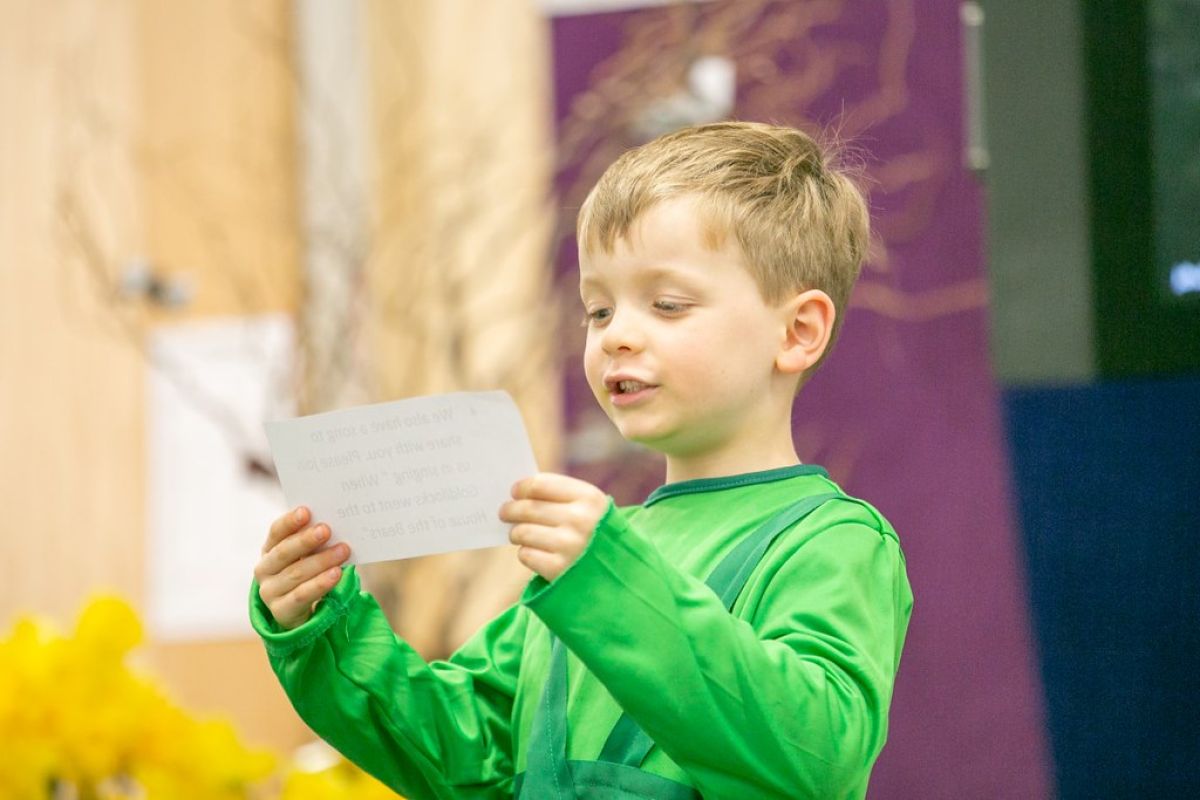
Dr. Helen Street believes that creativity is key to providing a broad and deep education. Says Street, “The school system needs to step back from structured outcome-driven teaching and take play, creativity and free-time more seriously”. In this context, Street believes students will have more self-determination and engagement.
Research from Professor Mihaly Csikszentmihalyi reinforces the link that the creative process has with well-being. Csikszentmihalyi discovered that people find genuine satisfaction during a state of consciousness called Flow. In this state, they are completely absorbed and intrinsically motivated in an activity, especially an activity which involves their creative abilities. This state of flow and engagement is the holy grail for an educator and something we always aspire to cultivate.
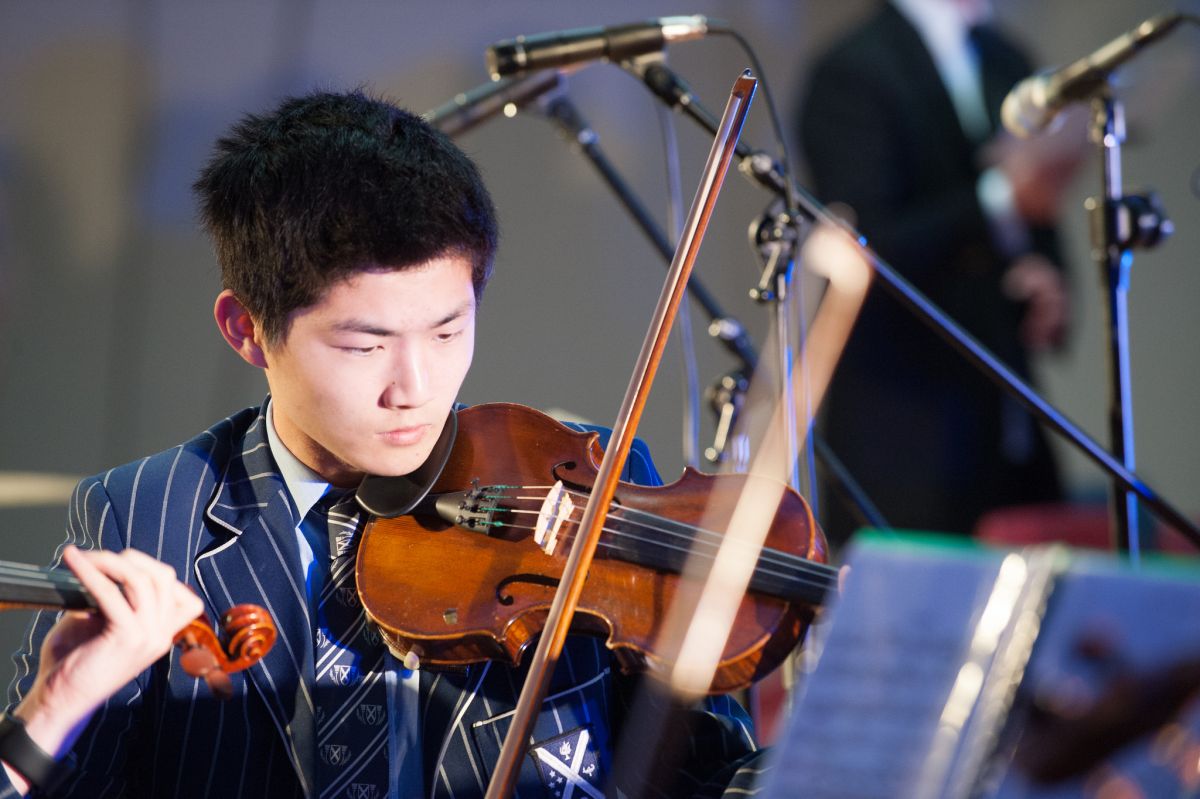
How do we cultivate creativity?
One of the key questions we have been asking at St Andrew’s is how we bring our values to life. What are the actions? What are the behaviours? If creativity matters, then what are we doing about it?
Celebrate teachers that role model creative abilities. These teachers inspire our students.
Encourage students to make connections between curricular content, their own lives and the larger world through making cross-curricular links and links with the community.
Create a safe and cohesive learning environment where students feel comfortable taking risks and navigating uncertainty.
Give students choice in their learning and make contexts relevant (to do this teachers need to navigate the balance between structure and freedom).
Protect and support students’ intrinsic motivation, enthusiasm and zest.
Provide students opportunities to look at issues from multiple perspectives.
Provide feedback on creativity and the character strengths and virtues related to creativity.
Ask big and beautiful extended abstract questions which get students to imagine, hypothesise and predict the world they will live in.
Make it clear that creativity requires effort and patience.
Celebrate mistakes as important for our learning and personal growth.
At St Andrew’s College, creativity is a core value. We know that the ability to be creative is important in the working world and has benefits for achieving many aspects of well-being, particularly meaning, engagement, positive emotions and accomplishment. Have you ever considered the ways you are creative in your life?
Csikszentmihalyi, M. (2016). Creativity: Flow and the psychology of discovery and intervention. Harper Collins, USA.
Harari, N. (2018). 21 Lessons for the 21st Century. Spiegel & Gran. USA.
Kaufman, S. B.(2016) Summary of Education Imagination Retreat of Imagination Institute. Philadelphia.
Kaufman, S.B & Gregoire, C. (2015). Wired to Create: Unraveling the Mysteries of the Creative Mind. Penguin Press, USA.
Mehta, J. (2013). The Allure of Order: High Hopes, Dashed Expectations, and the Troubled Quest to Remake American Schooling. Oxford University Press.
Scientific American, August 2013. The Real Neuroscience of Creativity.
Street, H. (2018). Contextual Wellbeing: Creating Positive Schools for the Inside Out. Wise Solutions, Australia.
Related Posts


